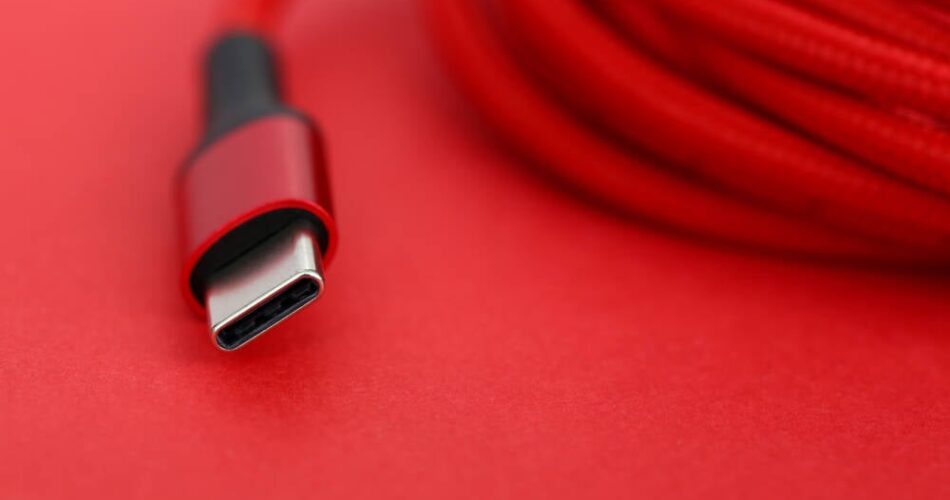Smartphones and other mobile devices sold in India must have a USB-C charging port as standard by March 2025.
That’s three months after a similar deadline set by Europe: in October, the EU decided to require USB-C charging ports in all phones, tablets, and cameras sold in the European Economic Community from the end of 2024. Laptops will be required to use USB-C beginning in 2026.
This week, India’s Consumer Affairs Secretary Rohit Kumar Singh said his country – the world’s second-largest smartphone market – will follow closely behind Europe.
“In India, the directive will kick in three months after the European Union because the mobile and electronics makers have a global supply chain, and they don’t supply to India alone,” he was quoted as saying in the Times of India.
Separately, Singh told India’s Business Standard, “There is a broad consensus among the industry and government that the use of type-C charging ports can be made mandatory after six months of the European Union’s rolling out of standards for charging ports in 2024 as electronic manufacturers have a global integrated supply chain.”
So we’ll interpret that as: three months after Europe’s deadline, India will also require USB-C charging as standard on smartphones, tablets, and other devices sold within its borders, and after six months, it really will mean it. Manufacturers have indicated they’ll gradually roll out USB-C charging in line with India’s deadline if they’re not using the tech already. It’s New Delhi’s Bureau of Indian Standards that’ll be formalizing and driving the changes.
As we reported in November, India was well on its way to requiring USB-C charging for mobile electronics; the timings and some other fine print needed working out.
USB-C may also be required for wearables, such as smart watches, in India at some point; these gizmos tend to have proprietary charging ports designed specifically for their small casings. The standards bureau is looking into this, we’re told.
Good for India, and Europe, we might say. Having to root out the correct proprietary charger out of drawers, boxes, and bags, and replace them when they die, is a pain in the ASCII, and a standard, widely available means of charging is a relief. But as this vulture glances around his home in the US, it’s pretty much USB-C already for portable electronics. Wireless headphones, smartphones, laptops, Bluetooth gizmos. Many of us are already living this future.
Android is dominant in India, and USB-C is no stranger to that world of devices. This requirement for USB-C is more of a pain for Apple, which clings to its proprietary Lightning connector and was seeing increased sales in India, where it also makes some of its iPhones.
Apple said it will comply with Europe’s demands, which bodes well for India – assuming compliance doesn’t mean no more iPhones in those territories. It also may chivvy Apple along in going fully wireless-only for charging, doing away with connector ports on its phones and other stuff, and using USB-C for the charger base station.
More generally, it also means qualifying devices in India and Europe holding onto micro-USB will have to switch to USB-C for charging. The overall goal appears to be to cut down on the number of chargers and cables people have to buy, hold onto, and replace, and instead just get everyone on one standard. Who said uptopian goals are dead this decade? ®
Source link



